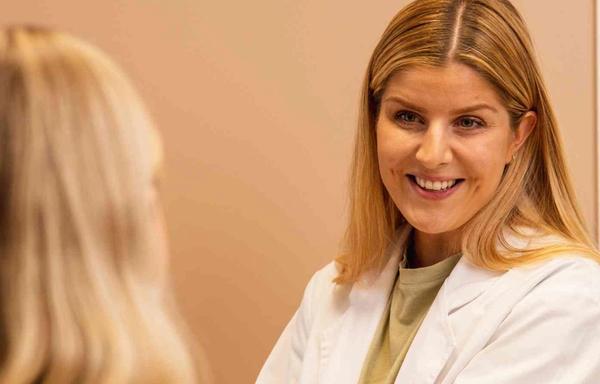Adenomyosis
Adenomyosis is a condition in which the endometrium, the inner layer of the uterus, grows into the muscle tissue of the uterus.
This can lead to pain, irregular bleeding and infertility. Adenomyosis can be difficult to diagnose, as the symptoms can be similar to those of other gynecological conditions, such as endometriosis and fibroids.
A gynecologist can use ultrasound, MRI and laparoscopy to make the diagnosis.
Treatment options for adenomyosis include medication, surgery, and alternative treatment.
Book gynecologist appointment



